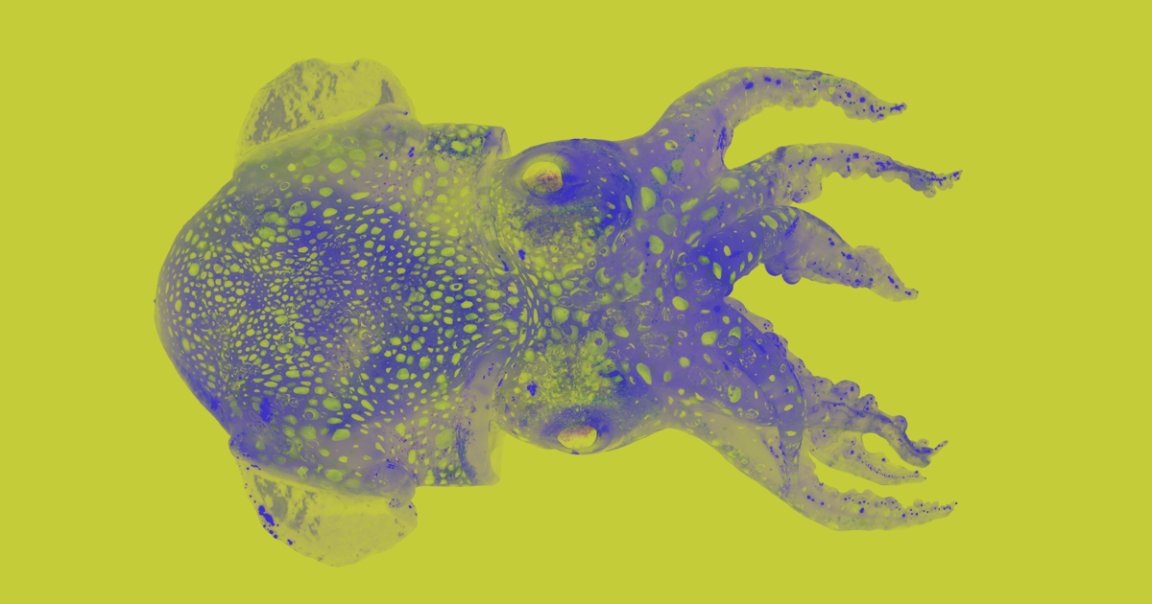
Fantastic Beasts
Armed with CRISPR gene-editing technology, scientists are trying to move away from performing experiments on common model organisms, like fruit flies and zebrafish, which have long defined biological research — by crafting new ones at the genetic level.
But scientists who are gene hacking new animals for their research are running into logistical problems, according to Nature News — the genetic alterations generally take hold, but keeping the animals alive and getting them to produce new generations is proving difficult.
Basically Pests
In trying to develop new model organisms or just study the animals that they’re more interested in, scientists are uncovering new secrets about those animals’ life cycles and breeding habits. And while that’s valuable from a scientific standpoint on its own, it’s also a matter of necessity as the researchers need to learn these things if they ever want to breed the animals in a lab.
“The reason classic model systems were chosen was they’re basically pests. Nothing can stop them growing,” Columbia University molecular biologist Tessa Montague told Nature. “But if we take on this challenge of working on new organisms because they have an amazing feature, they’re often not happy to grow under [just] any conditions.”
Like a Banana
For instance, scientists who wanted to study a different species of fruit fly had to first discover the olfactory cue that triggers them to lay eggs. Researchers studying aphids needed to make sure they would lay eggs into which CRISPR could be injected rather than reproduce asexually, a distinction that comes down to the temperature when they hatch.
“We finally are ready to start expanding what we call a model organism,” Montague told Nature.
READ MORE: CRISPR gene-editing creates wave of exotic model organisms [Nature News]
More on CRISPR: Scientists Gene-Hacked Lizards to Make Them Albino